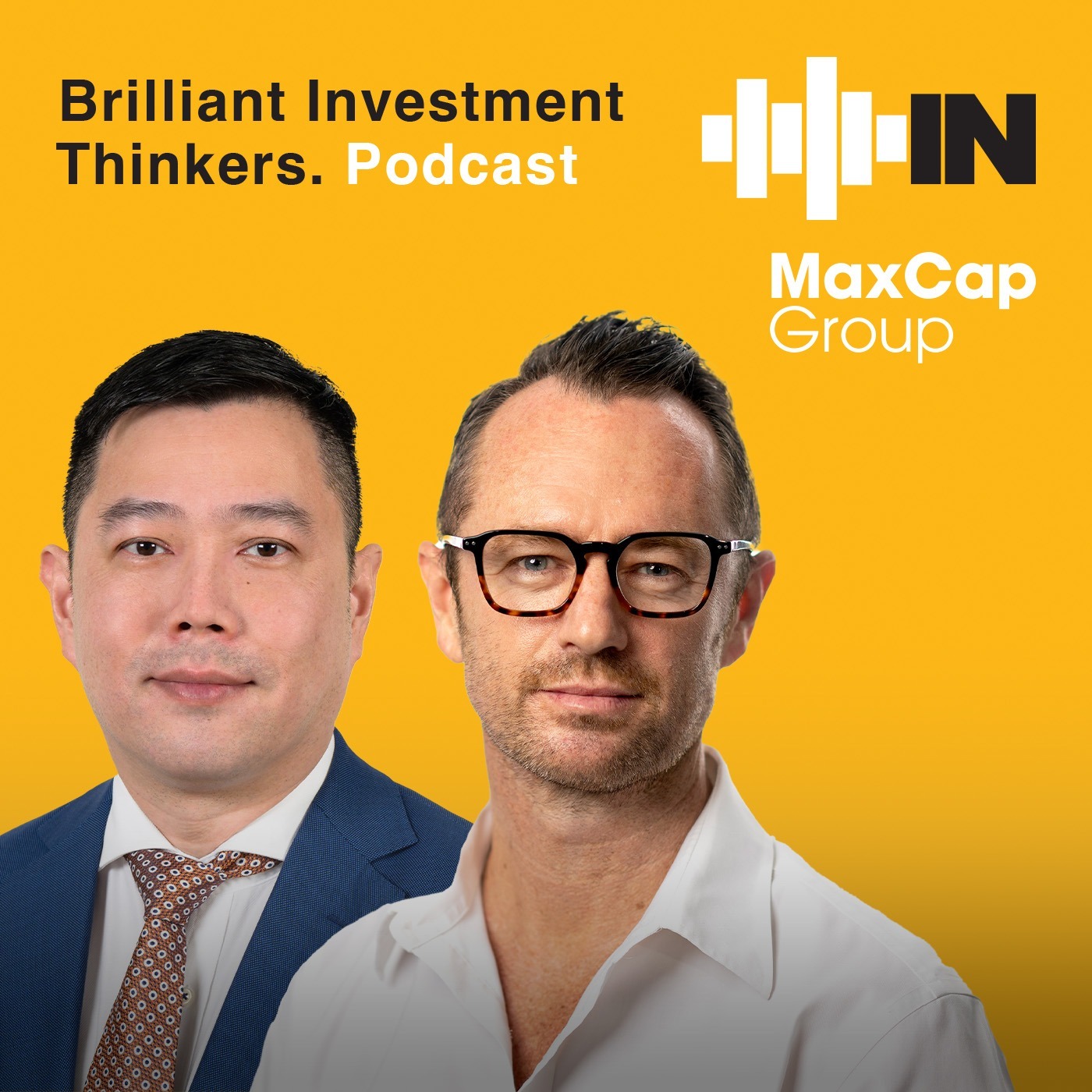Local PE market facing $25 billion value-at-risk reckoning
Like their counterparts overseas, Australian investors – both institutional and retail – have embraced private equity (PE) markets, and the local market has matured into a major player in the global PE scene.
According to the Australian Prudential Regulation Authority (APRA), regulated super funds now hold an average allocation to unlisted equities of about 4.5 per cent, equivalent to approximately $115 billion in capital invested in the asset class. Further, an increasing number of direct investment platforms offer retail investors the opportunity to tap into what was once an asset class reserved for professional investors.
But just as exposure has grown, so have the near-term headwinds, says leading global professional services firm Alvarez & Marsal (A&M). And that leaves a potential value bonfire of $25 billion – almost 22 per cent of the amount invested by Australian funds– waiting for a spark to set it off.
According to A&M calculations, a combination of multiples and margin compression could wipe this amount off the valuations of those PE assets acquired in Australia during the Covid-19 era deal boom.
PE transaction activity in Australia surged between 2020 and 2022, as dealmakers capitalised on the economic rebound following the easing of Covid-19 restrictions, strong domestic demand in certain sectors, and record low interest rates. According to S&P Capital IQ (CapIQ) data, PE investments in the region more than tripled between 2020 and 2022, reaching approximately $146 billion in cumulative value invested in the period.
Although they are now firmly established as mainstream investments, PE portfolios today are under the same pressures that weigh on other asset classes given challenging macroeconomic conditions, says A&M. Uncertain inflation expectations and elevated interest rates have slowed M&A deal activity and exits in recent months due to wide bid-ask spreads and a lack of confidence in underwriting long-term margin stability.
The impact of higher-for-longer interest rates on free cash flow and lower-for-longer (or more volatile and uncertainty) economic growth could drive even more value loss, says the firm.
The Industrials, Energy & Utilities and Technology, Media & Telecommunications (TMT) sectors were the focal points of investment activity during the 2020–2022 period, accounting for 72 per cent of total investment, or approximately $105 billion. This was followed by the Healthcare, Real estate, Financials and Consumer sectors, which collectively accounted for 27 per cent of the remaining PE investment capital deployed, about $39 billion.
Many of these sectors have since faced a raft of challenges attributed to the changing economic climate in Australia and globally. Volatile supply chains, depressed consumer sentiment, rising input and energy costs, as well as changing demand patterns and geopolitical uncertainty have put pressure on most industries’ margins outlook.
PE portfolio returns are a function of changes in valuation multiples, earnings margins and debt financing costs. With PE portfolio valuations under pressure, A&M calculates that these factors together equate to $25 billion of portfolio value at risk for 2020-22 PE vintages.
First, there is compression in earnings before interest, tax, depreciation and amortisation (EBITDA) multiples.
A&M says transactions completed in 2020-21 occurred at relatively elevated EBITDA multiples. These deals accounted for 45 per cent, or $67 billion, of the total capital invested in the 2020-22 period. A&M takes current S&P/ASX 200 next-twelve-months (NTM) EBITDA trading multiples as a proxy, and adjusts sector weights according to private capital transactions during the period, suggesting that 2020 vintage PE investments have seen a 35 per cent compression in multiples compared to 2024, while 2021 vintages have come down by 23 per cent. By comparison, says the firm, the S&P/ASX 200 has seen multiple compression of 21 per cent from 2020 levels.
Multiple compression has been particularly pronounced in the Energy, Industrials, Healthcare and Consumer sectors. These sectors have likely seen volatility as a result of softening household balance sheets as well as changing regulatory and geopolitical environments. The listed market’s multiple compression of 21 per cent leads A&M to estimate that 2020-2021 PE investment vintages, weighted by deployed capital by sector, have seen about $18 billion of value destruction from multiple compression.
Next, A&M examined earnings margin contraction.
Macroeconomic conditions have slowed since 2022, a year marked by accelerating economic activity driven by low interest rates, expanding corporate margins, rebounding consumer confidence, and ongoing federal government stimulus (for example, handouts or tax cuts).
A&M says inflation has driven worsening economic conditions and margins as companies have struggled to fully pass through cost inflation via price increases. This is evidenced by an 8 per cent compound annual growth rate (CAGR) for revenue, but only a 2 per cent EBITDA CAGR for S&P/ASX 200-listed companies from 2022 to 2024, with year-to-date earnings margins for S&P/ASX 200-listed companies declining 200 basis points (that is, two percentage points) since 2022 peaks.
For PE investments completed between 2020-2022, a 200 basis-points reduction in margins could result in a further $6 billion–$8 billion in value destruction, in addition to multiple compression, says A&M. “This amount could accelerate if margins have not yet fully normalised post-Covid,” says the firm.
Lastly, there is interest rate-hike pressure. A&M notes that there has been a 450 basis-points (4.5 percentage points) increase in one-year A$ BBB-rated corporate bond all-in yields from 2021 to 2024 (a corporate bond’s ‘all in’ yield comprises the ‘risk-free’ interest rate, plus the credit spread). This poses “material refinance risk” for Australian 2020–2022 PE vintages.
As interest rates rose to combat inflation in the aftermath of the pandemic, Australian debt markets saw a material shift in liquidity and appetite for debt. Borrowing costs have shot up as demonstrated by the higher all-in yield for A$ BBB-rated corporates. The step-change rise in both credit margins and base rates has led to an increase in the total debt cost burden for PE portfolio companies seeking to refinance. The surge in debt-servicing costs has, in turn, impacted the cash flow of portfolio companies, creating a precarious operating environment for PE firms. They must decide between holding investments for longer but risk refinancing, or sell their companies now in a market characterised by wide bid-ask spreads.
What it all means for PE owners, says A&M, is four critical implications: potentially lower exit valuations; extended holding periods; dependency on value creation; and strategic repositioning
A&M says PE owners may need to provide LPs with a repeatable playbook to drive margin improvement through portfolio companies and be able to communicate where potential opportunity exists amidst challenging economic circumstances (for example, shifting focus to sectors that are more resilient to current economic pressures).
A&M’s advice, paraphrased, is to not let a good crisis go to waste. As the industry continues to evolve through this new reality, PE investors must pivot their value creation strategies to focus on improving profitability in existing portfolio companies. They should pursue a broad suite of levers across cash, cost and revenue to drive free-cash-flow (FCF) and offset the impact of multiple compression. The three main “levers,’ namely, working capital and liquidity management; operating and capital expenditure; and revenue optimisation will all come into play.











